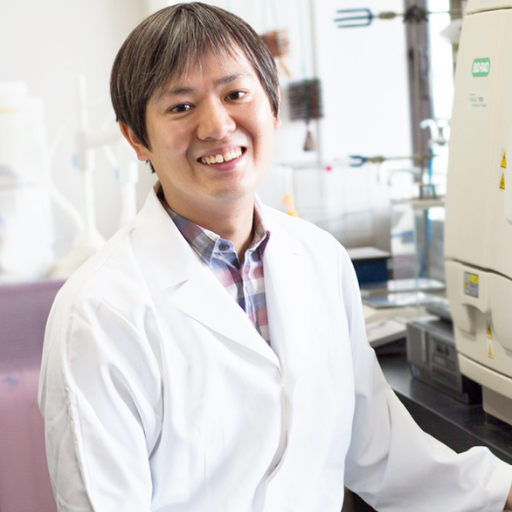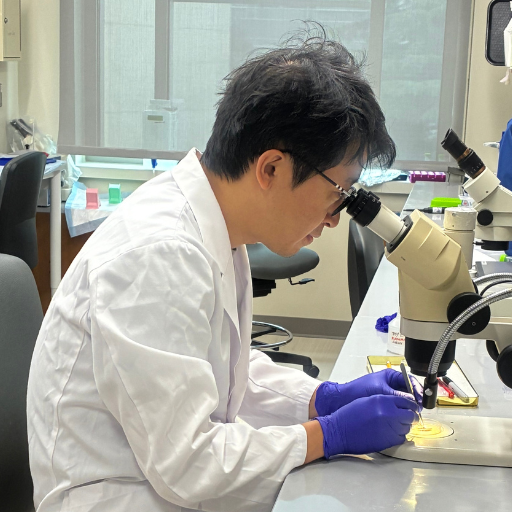Small Molecule-Based Conditional Control of Inflammation and Complement Activation in the Retina

Principal Investigator
John Hulleman, PhD
University of Texas Southwestern Medical Center
Dallas, TX, USA
About the Research Project
Program
Award Type
Standard
Award Amount
$160,000
Active Dates
October 01, 2018 - September 30, 2020
Grant ID
M2018099
Goals
This project seeks to determine whether dampening inflammation using a newly developed strategy can prevent a prevalent, currently untreatable inherited eye disease, Stargardt disease. Our approach is unique in that it can be ‘turned on’ or ‘turned off’ in the eye when necessary, thereby minimizing potential detrimental off-target effects associated with current similar strategies. We anticipate that this unique aspect of our strategy will make it more likely to be effectively used ultimately in humans with Stargardt disease.
Summary
The goal of our project is to slow or prevent damage to a cell layer in the eye called the retinal pigment epithelium (RPE) by conditionally controlling inflammation and complement activation in a mouse model of Stargardt disease, the most common retinal dystrophy. We hypothesize that prevention of chronic inflammation and aberrant complement activation will prevent Stargardt-related pathophysiology in the retina.
Our first aim is to optimize a small molecule-regulatable strategy that conditionally controls inflammation/complement activation in vivo in RPE cells. This regulatable strategy will be introduced into RPE cells of albino mice through subretinal injection of AAV. Next, we will confirm the ability of this strategy to prevent inflammatory signaling and complement activation in a small molecule-dependent manner. Potential detrimental effects of long-term suppression of inflammation and complement activation will be determined by visual acuity, electroretinogram and outer nuclear layer counts.
Our second aim is to test our validated strategy in abca4-/- Stargardt disease mice. We will confirm that our strategy works similarly in abca4-/- mice, and that suppression of inflammation/complement activation reduces bisretinoid autofluorescence, protects photoreceptor viability, restores 11-cis-retinaldehyde levels and reduces Bruch’s membrane thickness in aged abca4-/- mice.
One of the innovative aspects of our proposed research is that our strategy allows us to conditionally (not constitutively) prevent inflammation/complement activation. Using such an approach incorporates an appreciation for the observation that low levels of periodic inflammation (parainflammation) appear to be beneficial in maintenance of the retina and that inflammation is actually a necessity for proper organismal homeostasis. We posit that other strategies which rely on constitutive repression of inflammation, while arguably more straightforward, don’t resemble healthy physiologic conditions whereby inflammation and anti-inflammatory signaling wax and wane depending on the stimulus.
While we are testing whether inhibition of inflammation/complement activation is beneficial for alleviating phenotypes associated with Stargardt disease, we anticipate that this strategy will be more broadly applicable to other retinal diseases that are also influenced by inflammation and complement activation. Examples of diseases that fall into this category include the rare retinal dystrophy, Malattia Leventinese, and dry age-related macular degeneration (AMD).
Related Grants
Macular Degeneration Research
How Aging of the Immune System Affects Age-Related Macular Degeneration
Active Dates
July 01, 2025 - June 30, 2028

Principal Investigator
Masayuki Hata, MD, PhD
Current Organization
Kyoto University
Macular Degeneration Research
Microglia’s Roles in AMD to Inform Therapies for Vision Loss Prevention
Active Dates
July 01, 2025 - June 30, 2027

Principal Investigator
Nobuhiko Shiraki, PhD
Current Organization
Duke University School of Medicine
Macular Degeneration Research
Exosomes and Autophagy: Suspicious Partners in Drusen Biogenesis and AMD
Active Dates
July 01, 2024 - June 30, 2027

Principal Investigator
Miguel Flores Bellver, PhD
Current Organization
University of Colorado Anschutz Medical Campus



